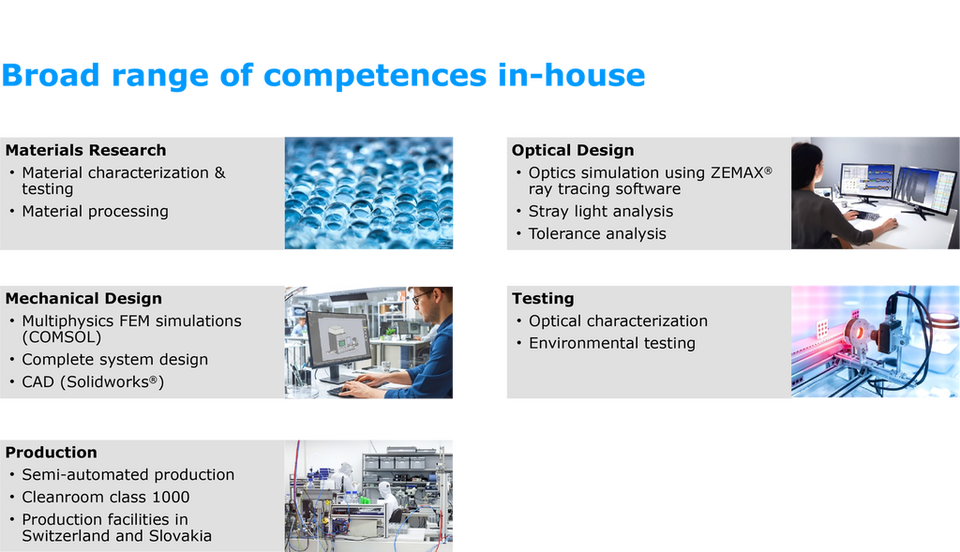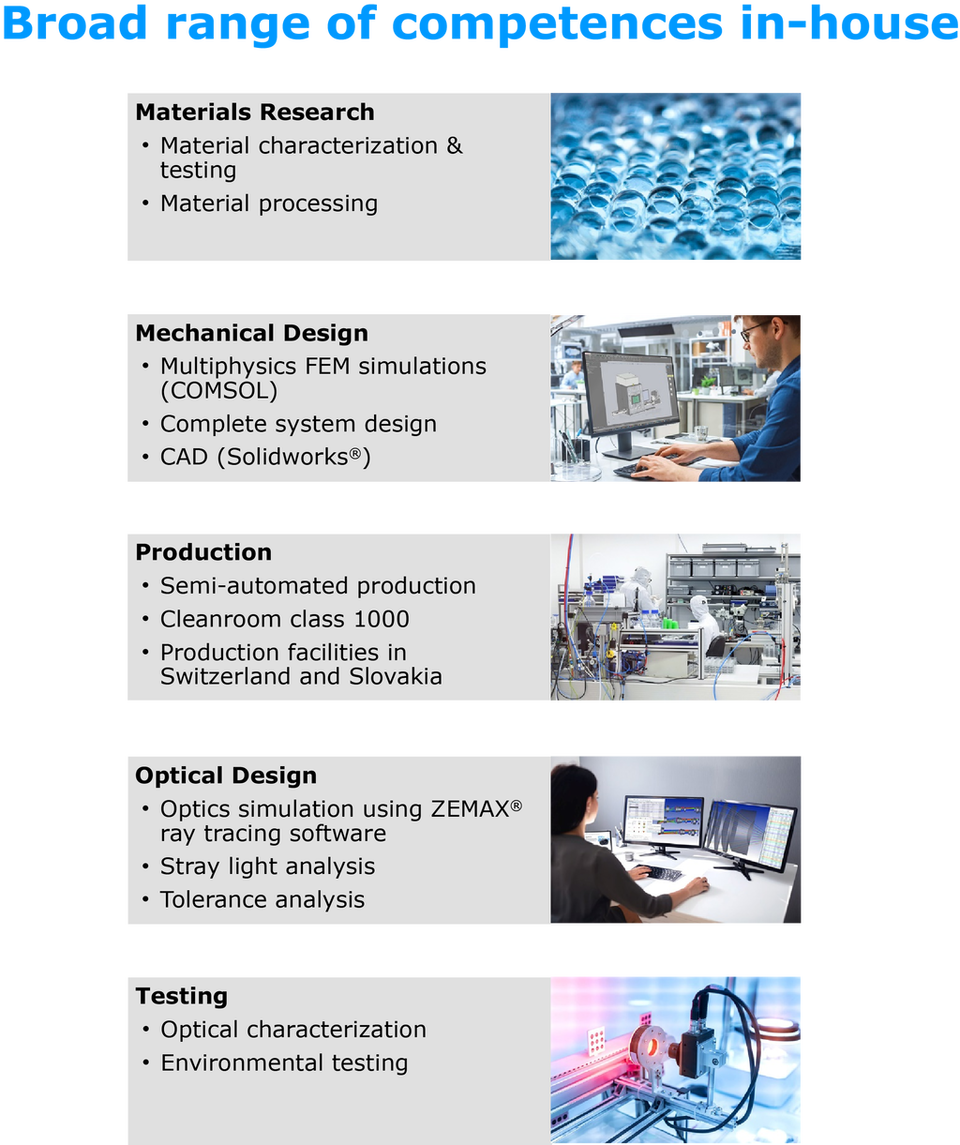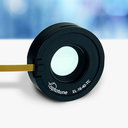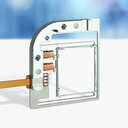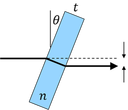Medical
Optotune is ISO9001 certified and has a large track-record in the medical industry. Outstanding product performance designed for long lifetime and reliability paired with a state-of-the-art quality system makes us your ideal partner for innovation.
Optotune’s unique light controlling components enable a broad range of medical applications:
Optical coherence tomography
Fluorescent imaging
Endoscopy
Raman spectroscopy
Intra-oral scanners
Laser skin treatment
Microscopy
Products
Optotune’s product portfolio allows to precisely manipulate light and make your medical device faster, more precise and more compact.
Function
Benefits
Focusing in milliseconds, tuning rang of up to 36 diopters, compactness
>40’000 hours operational lifetime, compactness
Single roation point (2D), 15mm mirror size, 100 degree field-of-view, compactness
Up to 8 degree optical deflection angle, compactness
Shift beam over few micrometers with nanometer resolution, compactness
More product information can be found here: www.optotune.com/downloads
Optical coherence tomography
Our Dual axis voice coil mirror (VCM) with position feedback allows for a new generation of compact optical coherence tomography (OCT) systems.
A key advantage is the single rotation point close to the mirror surface. This allows for example to bring the mirror close to the eye and to scan a larger section of the retina.
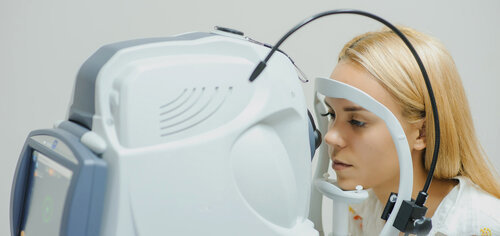
Figure 1: MR-15-30 mirror enables compact Optical Coherence Tomography
Fluorescent imaging
Fluorescent imaging is a widely applied tool in research and in the biotech industry. It relies on narrow-band laser excitation of fluorescent markers.
Optotune’s laser speckle reducers help to homogenize and de-speckle the excitation light, which leads to a more reliable detection.

Figure 2: LSR for fluorescent imaging
Endoscopy
Optotune’s liquid lens technology can be scaled down to fit into the tip of an endoscope and thus allowing for fast auto-focusing.
Please contact us with your challenging requirements. Alternatively, one of our standard tunable lenses can be integrated into the C-mount camera adapter in order to carry out remote-focusing through the relay system.
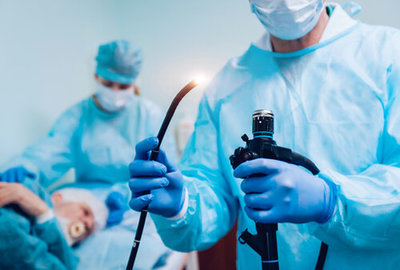
Figure 3: Tunable lenses for endoscopy
Intraoral scanners
The dental CAD/CAM market grows rapidly. Dental cameras/intra-oral scanners are at the heart of the paradigm change from traditional to digital workflow.
Optotune’s laser speckle reducers and focus tunable lenses allow for more accurate and faster 3D scanning.
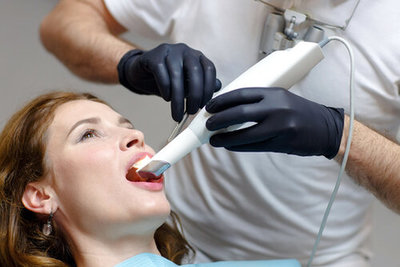
Figure 4: LSR’s improve scan quality for 3d dental scanners
Raman spectroscopy
Raman scattering is a growing market triggered by authentication and counterfeit detection, incoming quality control and airport/homeland security. Raman scattering is an inefficient process and therefore requires high-NA objectives that collect as many photons as possible.
Those objectives result in low depth of field. Placing a tunable lens in the optical path allows to average the Raman signal over different depths and to adjust variations in working distance in case of handheld devices.
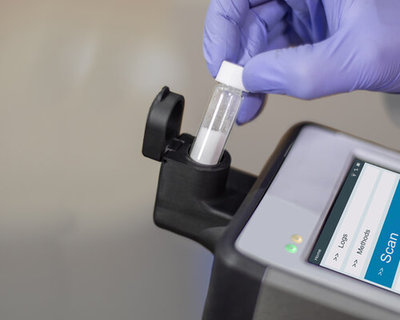
Figure 5: Tunable lenses for Raman spectroscopy
